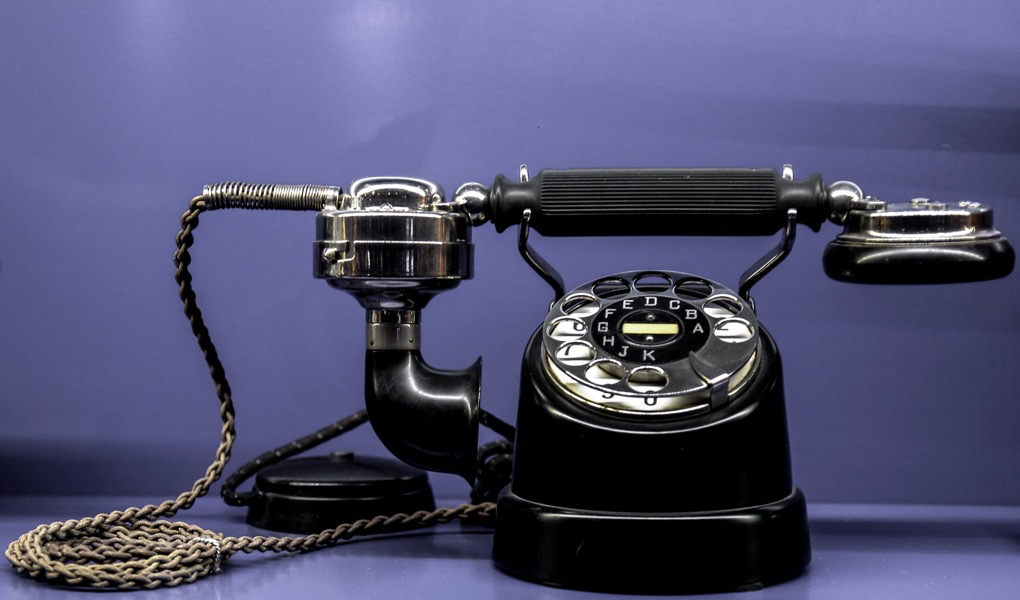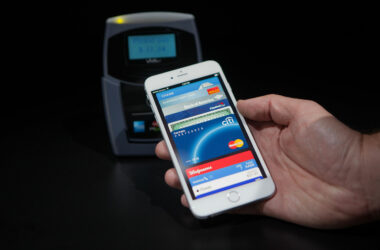Some hold this ritual annually; I manage to only do it every other year. Around midnight on a September evening, a mob of folks huddle around a handful of websites to try to get their hands on the latest and greatest gadget. More often than not, the sites — both the customer front ends and the logistic back ends — crash and drop orders anyway. Eventually the systems recover, only for customers to realize that the hottest items are backordered for months.
This year, we got the iPhone 7.
I’ve only owned iPhones in the smartphone era: I bought the original iPhone1, then upgraded through the 3GS, 4, 5, and 6 (and now 7). It has been a steady two-year cycle for me, initially shaped by two-year carrier contracts and continued afterward via behavioral momentum.
It made me think, though, about how long these upgrade cycles can last, and what motivates the device makers and their users to keep them going.
The upgrade cycles made sense in the first couple of years of smartphone development. There was the introduction of third-party apps; the rapid maturation of Android (and iOS, to a lesser degree); the development of good to great cameras on phones; the experimentation with screen and device sizes. Phones saw such rapid improvement from year to year, from much-improved operating systems to much faster CPUs + GPUs and more RAM + memory to new hardware features like front-facing cameras and motion chips and fingerprint sensors. The advancements felt tangible and substantial, and our powerful pocket computers radiated possibility.
Phone carriers — moreso in the US than elsewhere in the world — really encouraged phone upgrades with 2-year contracts. They essentially subsidized the initial costs of the phones, then made their money back with overpriced voice and data plans. Since the monthly bills didn’t change if customers owned their phones or fell out of contract, it made the most economic sense to just keep renewing contracts and getting a new phone every time. Happily, this system has gone away, but it’s being replaced by a boatload of new plans. Most of them are designed to lock customers to a carrier, thus accomplishing the primary objective of contracts anyway.
But in 2016, cell phones have matured, and the yearly upgrades in both software and hardware advance in ever smaller increments. Our smartphones have been “good enough” for a few years now, and there’s now a lower-priced tier in the smartphone marketplace that isn’t as flashy as the flagship phones, but reaches a much wider audience2. At the same time, those flagship phones have gotten more expensive; a high-end smartphone was $400-500 in the 2000s, but in the mid-2010s we have phones that sell for $1000+ with the most storage. Essentially, it’s more expensive to upgrade phones every year (or other year), and there are fewer reasons to get the latest.
If this plays itself out over the next couple of years, we’ll see smartphones shift into the less-exciting market state that PCs have been relegated to for the past decade. With no clear “next computing device” on the horizon, we may go through a period of consumer electronics stagnation.
A breather, if you will.



